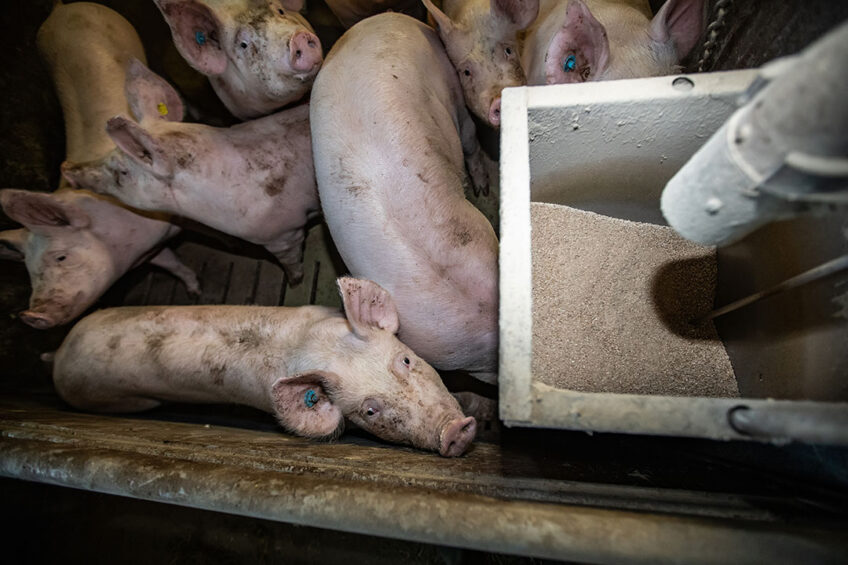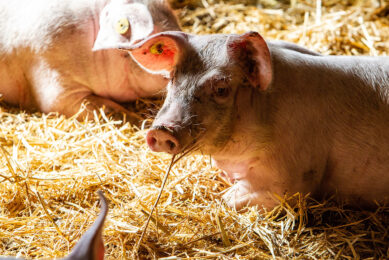Engineers develop new particulate measurement technology for pig barns

An engineering team at 2 US universities is currently developing better, low-cost, and portable particulate (dust) measurement technology for pig barns. This development aims to determine the impact of air quality on the health of pigs and farm workers, as well as aid in the evaluation of particulate mitigation approaches.
Traditionally, there have been limited options for measuring particulates in pig barns. High-end sophisticated monitors are often too expensive to be affordable, while lower-priced sensors are not always reliable. In fact, Dr. Xufei Yang, a biosystems engineer at South Dakota State University, published a paper demonstrating that lower-cost optical dust meters may misestimate dust concentrations in livestock barns.
New particulate sensor technology
To address this issue, a team led by Dr. Yang and biosystems engineering researcher Dr. Jiqin Ni from Purdue University will embark on designing new particulate sensor technology. The research project has received a grant of $ 500,000 US (about € 454,000) from the Foundation for Food & Agriculture Research (FFAR), with matching funds from the National Pork Board (NPB). The selection of the team for this funding began with a call for proposals from the FFAR and NPB partnership program called ‘Improving Swine Production Air Quality.’
Validation at Purdue University and commercial farms
The objective of the tech development team is to create an innovative and portable particulate monitoring station that is fast-response, sensitive, low-cost, and easy to operate. The technology will be calibrated against the particulate matter measurement methods designated by the US Environmental Protection Agency. The team plans to validate their technology at Purdue University and later at commercial farms, with the entire project expected to be completed within 2.5 years.
Predictive particulate matter models
Once the technology is established, the data collected by these monitoring systems will be used to develop predictive models of particulate matter emissions and evaluate the effectiveness of various particulate matter mitigation methods.
4 technologies
Regarding mitigation, the team reported on 4 technologies: oil/water sprinkling, ionisation, alternation of feed and feeders, and recirculating air filtration. However, these technologies are not widely used in commercial pig barns due to cost and other factors.
Dust in swine barns is complex
In a review paper published in March 2022, a team consisting of researchers from South Dakota State University, the Institute of Environmental Sciences and Engineering, and Montana Technological University found that dust in swine barns is complex. It contains a range of mostly biological but also chemical components and exhibits high variability in terms of mass concentrations, particulate, and microbial abundance. Major sources of particulates include feed, feces, and skin debris.
Oil spraying/sprinkling most effective against dust
A study conducted at the Prairie Swine Centre in Canada a few years ago tested different methods of reducing dust, with oil spraying/sprinkling proving to be the most effective. The group published further study results in 2020, demonstrating that the application of unrefined canola oil using a sprinkling system reduced dust levels by almost 90% over a span of 7 weeks compared to the enclosed control area where no oil was applied.








